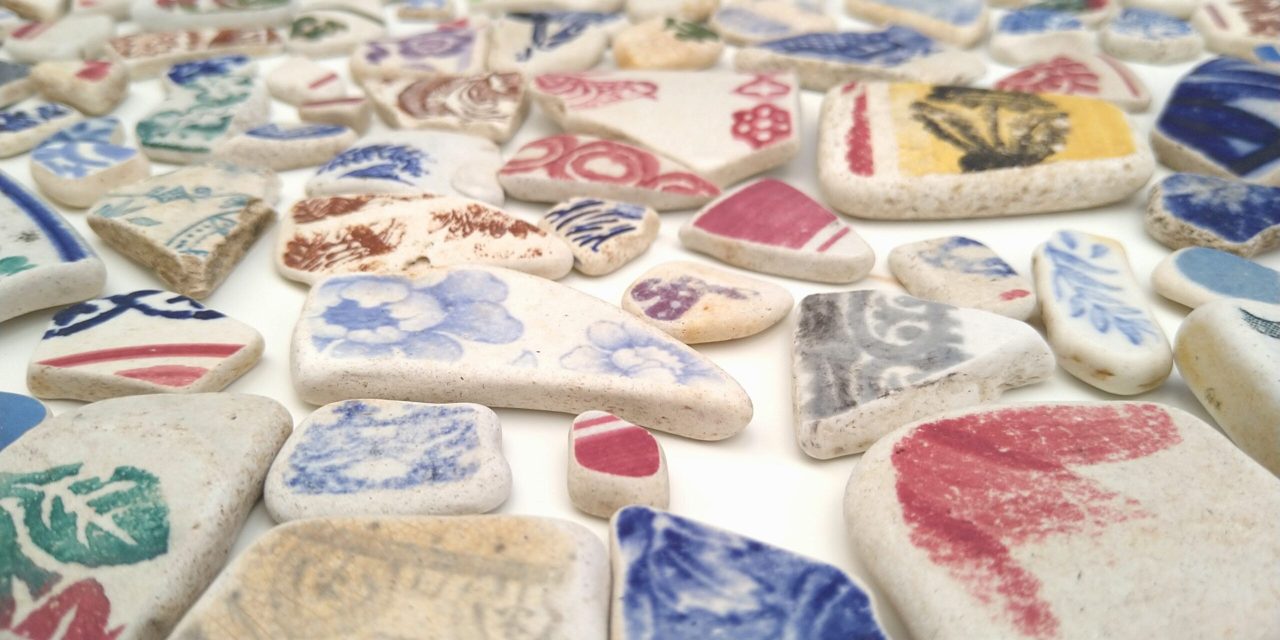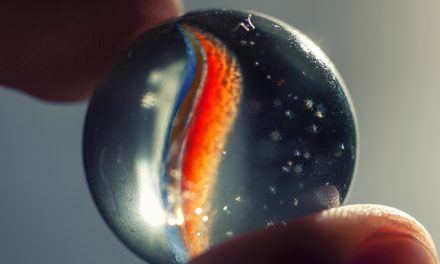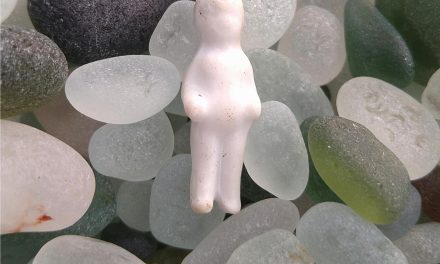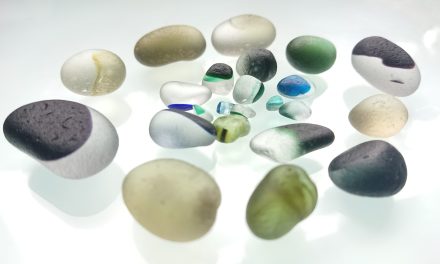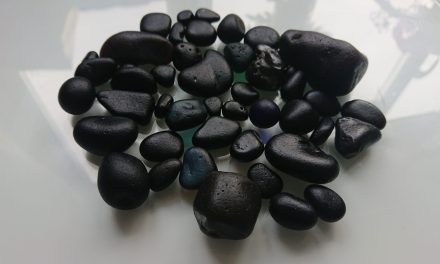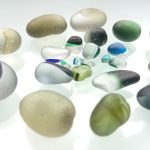People have been using clay to make objects for domestic use for thousands of years. There are many examples of clay pots, urns, and bowls that have been found at historical sites across the world. You can make almost anything out of clay; it is very easy to manipulate into any shape you desire, and once the clay has set (fired), it becomes hard so that you can use it over and over again.
Early examples of clay items were made using red clay and decorated with a black pigment glaze. Clay is very easy to sculpt, so you could easily carve ornate designs into the item, making it more of a decorative object rather than just an item being used for food storage.
What to expect from our article
Evolution of clay
Earlier versions of clay items were hand-sculpted, so they carried many imperfections. Over time, the process in which clay items were made became more fine-tuned, and they found ways of producing them much more easily and quickly. The invention of the potter’s wheel made it easy to turn a lump of clay into something unique quite quickly.
There is evidence of potteries being found in various parts of the world. In Scotland, pieces have been found at Cramond, Peterborough, and the banks of the Medway. Italy became famous for its pottery with the creation of majolica ware. When travellers started to venture into China and Japan, they returned with porcelain objects that would later be replicated and mass-produced for sale.
Up until the sixteenth and seventeenth centuries in Britain, the only earthenware items that were being made were from the potteries of Tambeth, Burslem, and Liverpool; sometime later, Josiah Wedgwood also started to produce ceramic art. Wedgwood was a chemist and a mechanic, and, in conjunction with Flaxman, produced some of the most sought-after and collectible earthenware and porcelain ever produced. British-made porcelain and earthenware are now being exported and used all around the world.
Scottish potteries
From the mid-eighteenth century until the mid-twentieth century, Scotland had more than forty industrial potteries. These were mainly in;
- Glasgow
- The Clyde basin
- Kirkcaldy
- Bo’ness
- Alloa
- Aberdeen
- Prestonpans
The first pottery to be established in Scotland was Delftfield Pottery in Broomielaw, Glasgow, around 1748; the biggest being the Glasgow Pottery, established by J. & M. P. Bell & Co. In late 1840 or 1841, this pottery was established at the corner of Stafford St and Pulteney St in Glasgow by brothers John and Matthew Perston Bell. The pottery was initially started as J. & M. P. Bell Earthenware Manufacturers, but not long after, Robert Clough became a partner, and the name changed to J. & M. P. Bell & Co. The company carried on after the deaths of Matthew Bell in 1869 and John Bell in 1880. In 1923, the factory was demolished, and in 1929 it was replaced by a light-engineering works.
Glasgow potteries
- Delftfield Pottery – Established in 1748
- Caledonian Pottery – Established in 1800
- Verreville pottery – Established in 1806
- Annfield pottery – Established in 1816
- Port Dundas Pottery – Established in 1828
- Bell’s or Glasgow Pottery – Established in 1840
- Victoria Pottery – Established in 1855
- Britannia Pottery – Established in 1857
- Dobbie’s Loan – Established in 1861
- Barrowfield pottery – Established in 1866
- Eagle Pottery – Established in 1869
- Possil Pottery – Established in 1875
- Campbellfield Pottery – Established in 1881
- Govancroft Pottery – Established in 1911
If you are interested in learning more about the potteries listed above, you can see images and watch videos of the Glasgow potteries and the history behind them here.
Scotland’s famous spongeware
Although spongeware can be found in different parts of the world, it most likely originated in Scotland. Spongeware, or spatterware, as it was called in the US, is created using a sponge with a pattern cut into it. The sponge is dipped in paint and is applied to the item to create the desired pattern. Did you ever cut a design into a potato when you were a child, place it in paint, and then print it onto paper? This technique is pretty much the same technique used in the creation of spongeware.
The history of spongeware/spatterware dates back to around the 19th century when Glasgow potters began producing items for domestic use. Most of these items produced were for mass export, with the U.S. being one of the biggest markets for the sale of spongeware. This type of pottery was most popular in the Mid-Atlantic region of the country, particularly with Pennsylvania Germans.
Spongeware techniques
Spongeware or spatterware was decorated using specific techniques or a combination of them. These include;
Hand painting or brushstroke decoration—this technique was carried out by someone a little more skilled at applying spongeware.
Spattering – this technique was used to add block colour and was achieved by blowing a powder onto the item using a pipe. Because it was costly and required someone more skilled, it was often replicated by applying the colour with a regular sponge.
Dabbing – this technique was used to apply colours and patterns using a regular sponge.
Stick spatter, or sponge printing—this technique involved stamping a pattern onto the item using a piece of cut sponge on a stick.
Unlike printed designs, using these techniques gave spongeware unique imperfections and characteristics like smudges and blemishes. As the pottery industry evolved, manufacturing processes took over from hand printing of spongeware, and it was done via machinery.
Spongeware colours
Much of what we know about this kind of pottery is based on guesswork. Many potteries closed, and items were often transferred to other potters; records weren’t kept to document in detail the colours and patterns. They didn’t even mark their items.
The most common colours used to create spongeware were black, blue, red, and various shades of green. Purple and brown became popular in Scottish spongeware, and later on, yellow, pink, and other colours were introduced, but these colours were not as popular.
This quirky pottery stayed popular for the next 100 years, and today, it has become highly collectible; it is also a welcome find amongst us beachcombers.
Scotland’s transfer
Transferware is the term we use for pottery that has a pattern applied to it using a transfer. A transfer is created using a print from a copper plate which is placed onto a special piece of paper; the paper is applied to the item and fired in a kiln where the pattern transfers to the item. This transferware process was developed in the second half of the 18th century when British middle-class people were looking to acquire less expensive tableware.
Transferware was primarily used on earthenware, but it was also used on ironstone, porcelain, and even bone china. Thousands of patterns were created using this method, and over the years, many factories have claimed to be the first to have used this method. It was likely a method first used in English pottery. It is thought that the origins of transferware began in the English county of Staffordshire, where they had been making pottery since the 16th century.
Why do we find pottery on the beach?
Like almost every manufacturer back in the day, Scottish potteries were left with a large amount of waste. In those days, there was no such thing as a refuse collection service, so more often than not, waste was discarded onto the beach or into the sea. Today’s landfill sites are mainly inland, but back then, the landfill was usually close to waterways or beaches. Over many years, the weather has caused these areas to erode, spilling the contents onto the shore. The items dumped in or near waterways could also be washed into the sea, turning that old piece of pottery or glass into little tumbled chunks of history.





